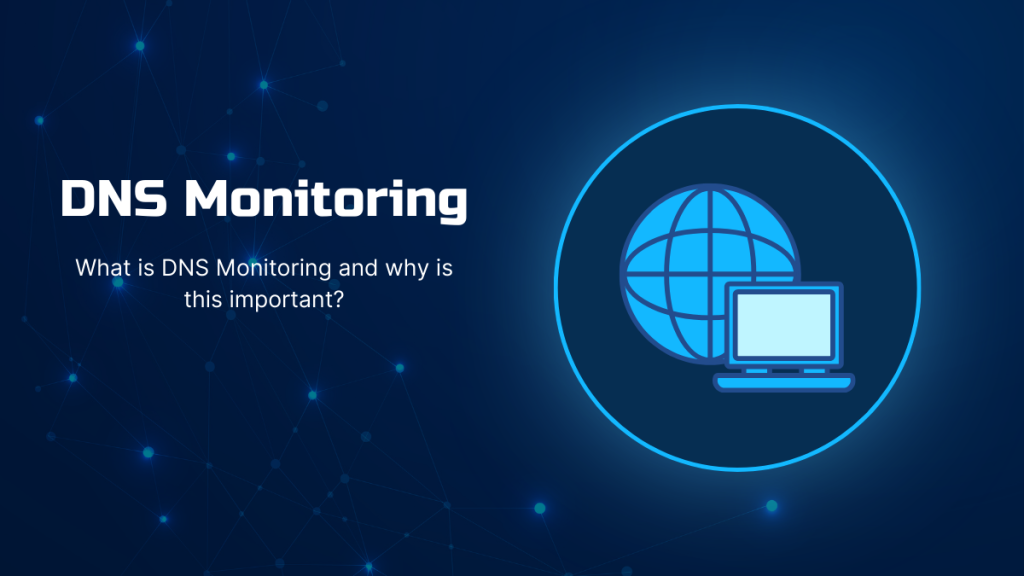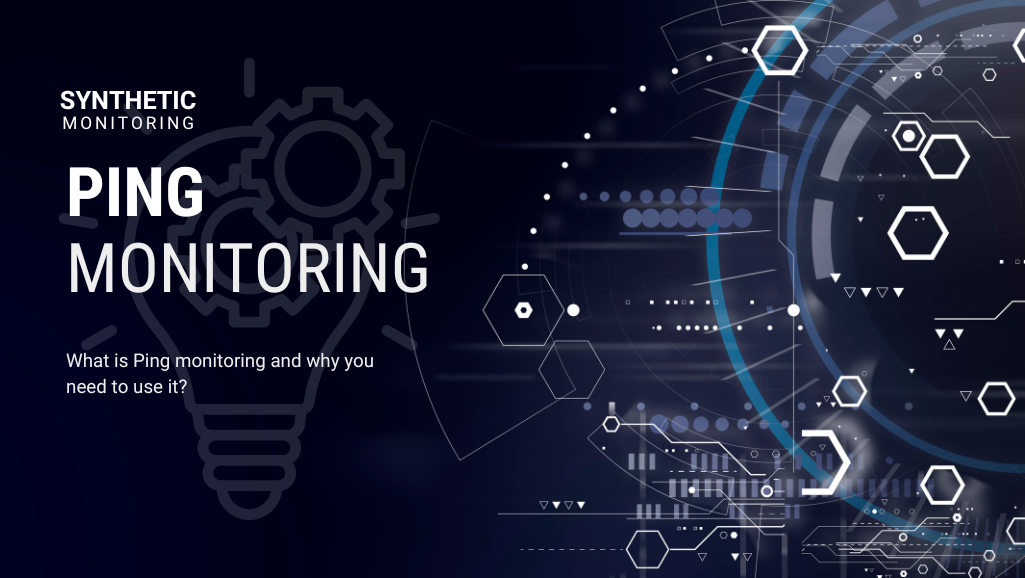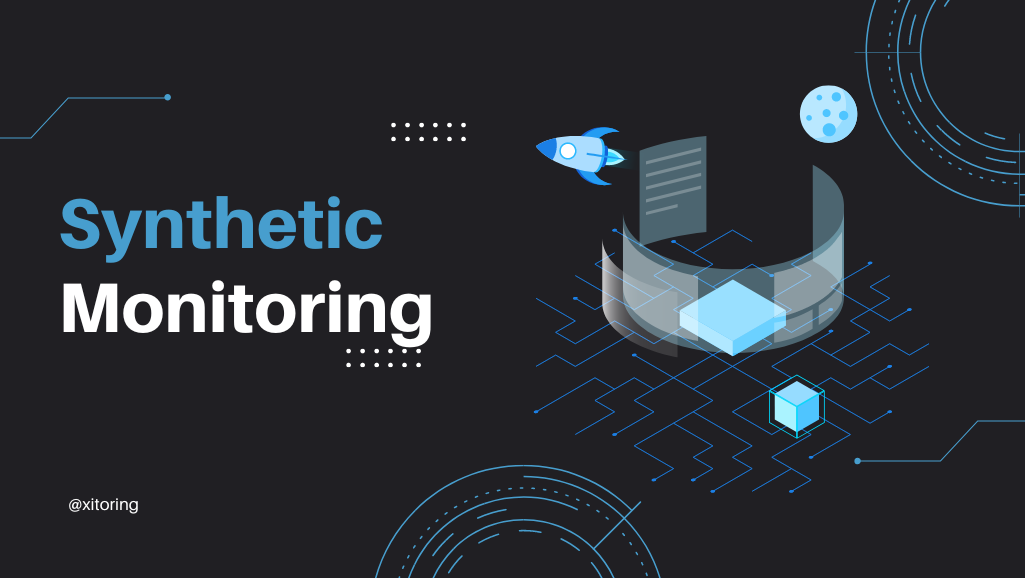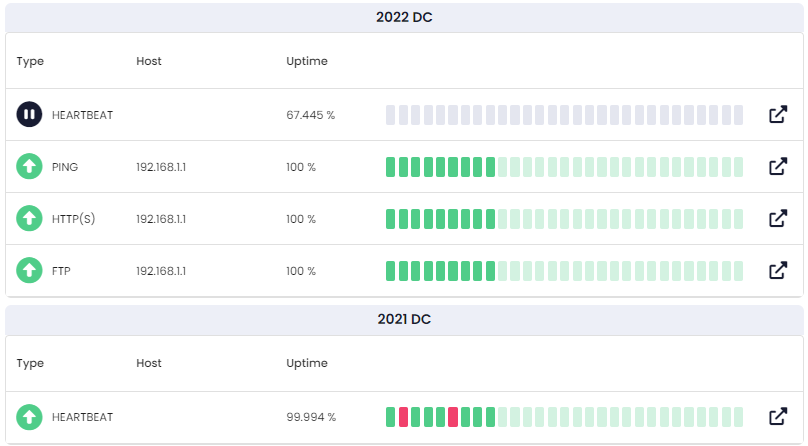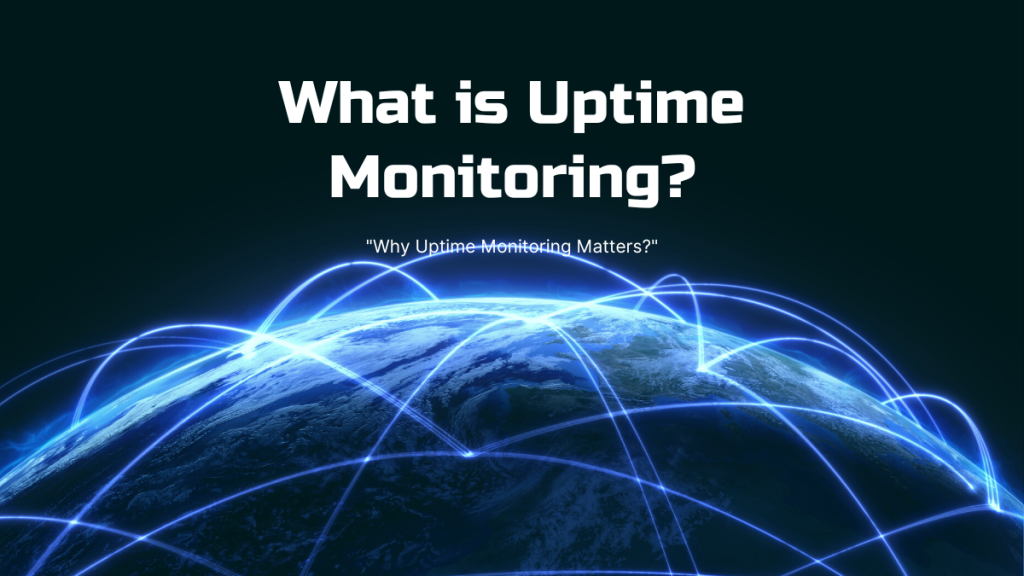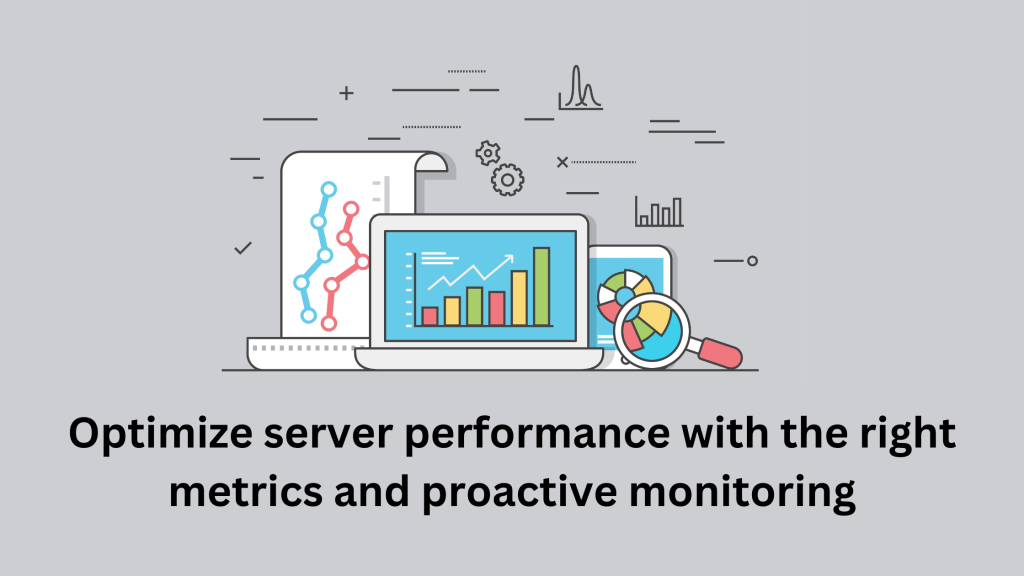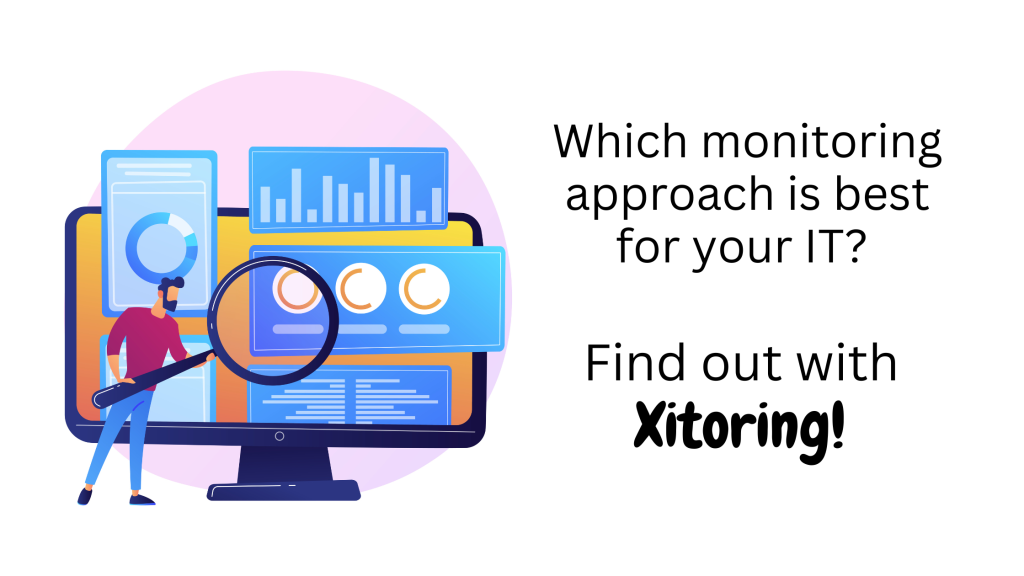Did you know how does the internet remember where everything is? 😕
Imagine trying to find your way to a friend’s house in a large, foreign city without a map or street signs. Sounds stressful, doesn’t it? This scenario is similar to the issue we would confront online if the Domain Name System (DNS) did not exist. This computerized guidebook does more than simply guide us; it ensures that we get at our destination quickly and securely. However, maintaining this level of reliability is not simple; it needs constant DNS monitoring.
But what exactly is DNS, and why is monitoring it so important for our online security? Let’s review the essence of DNS monitoring, understand its critical function, and discover how it may be easily controlled using an all-in-one monitoring solution like Xitoring, which not only promises but delivers on uptime and DNS monitoring with amazing efficiency.
What is DNS?
The Domain Name System (DNS) is a hierarchical and decentralized naming system for computers, services, or any resource connected to the internet or a private network. It translates more readily memorized domain names (like www.example.com) to the numerical IP addresses needed for locating and identifying computer services and devices with the underlying network protocols. Simply said, DNS is what allows us to enter a domain name into our browser and be directed to the proper site.
